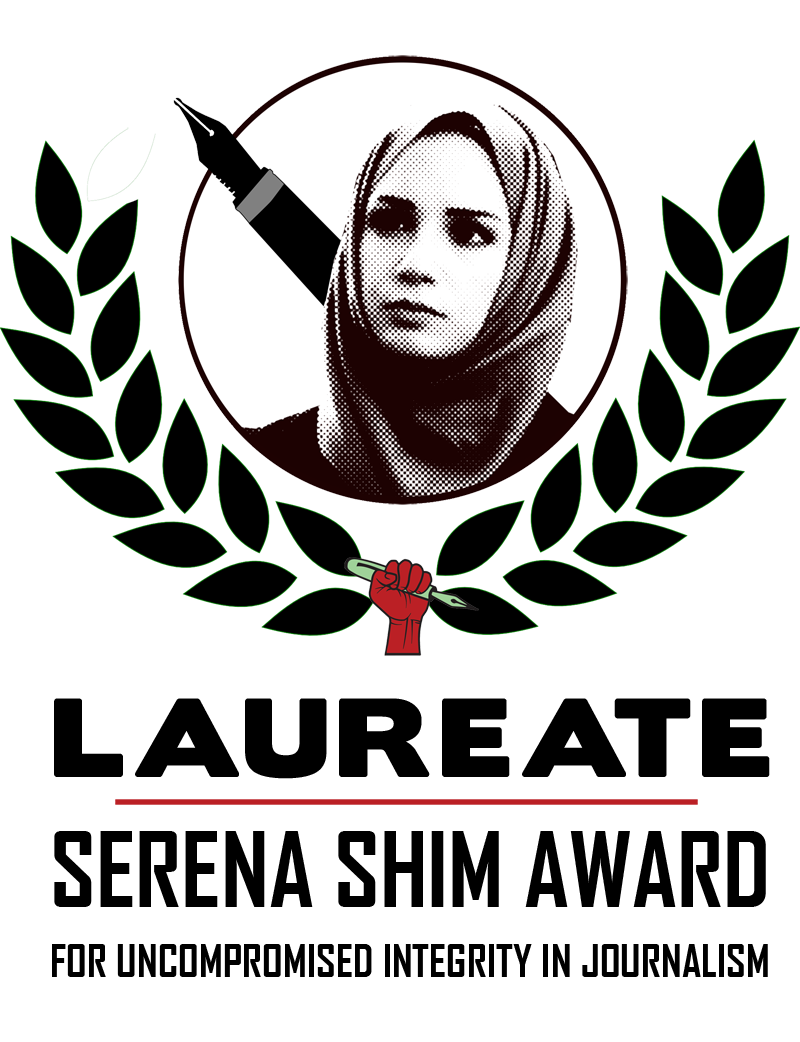![]()
“…. We governed this country for 3 years, and did not kill not one of our opponents! Because we did not come to kill our brothers but to stand up with Iraninians to the foreign forces to stop their looting our resources, ….. Shah (Mohmad Reza Pahlavi), must be affriad of the day that he would face the same destiny as the Louis XVI, Tsar, Mohamad Ali Mirza and Reza Khan”
So remarked Hosein Fatemi before he was sentenced to death in military court, helf after 1953 coupe.
Dr.Mossadegh named Dr.Fatemi as the first person who suggested nationalization of ALL of Iranian oil. This, and his resistence to the coupe was the ultimate reason for his murder. There was earilier a terror attempt on his life which was unsuccessful by oneof Seyd Zia’s hitmans the known British Petroleum agent.
The true crime of for which Dr.Fatemi was murdered can be summerized as follows:
Nationalizing the Oil Industry: 1940s-50s
National Iranian Oil Company was formed as a result of tensions between the British-owned Anglo-Persian Oil Company–renamed Anglo-Iranian Oil Company in 1935 and British Petroleum Company in 1954–and the Persian and then Iranian government, which came to a head after World War II. The British oil company had found oil in southwest Iran in 1908 and, on the basis of this discovery and the support of the British government, which acquired a 51 percent shareholding in it in 1914, it had grown to become one of the world’s largest international oil companies by the 1930s. There was resentment within Iran, however, at the privileged position held by Anglo-Iranian, and its close association with the British government, whose imperialist ambitions were feared. The British invaded and occupied Iran in alliance with the Soviet Union in 1941, which did nothing to reduce suspicion of the oil company. There was particular resentment at the low amount of royalties paid to the government by Anglo-Iranian. In 1948 negotiations began to improve the share of oil income retained by Iran, but these were unsuccessful, and in 1951 the strongly nationalist prime minister, Dr. Muhammad Mussadegh, nationalized the oil industry. The resulting conflict became one of the great causes célèbres in the history of oil-company-host-government relationships in the 20th century.
NIOC was incorporated by the Iranian government on April 30, 1951, as the corporate instrument of the government’s nationalization policy. Initially it took over all the employees and physical assets of Anglo-Iranian within Iran, with instructions to set aside 25 percent of its profits to meet compensation claims by the British company. NIOC’s attempts to take control of the industry were gravely weakened, however, because the main international oil companies boycotted Iranian oil exports to demonstrate their support for the British company. Iranian production collapsed, as the oil majors replaced Iranian oil with expanded production from Kuwait and Saudi Arabia. In 1953 Mussadegh was overthrown in a coup. In the following year agreement was reached between the conflicting parties. The result was a new role for NIOC.
In September 1954 an eight-member consortium called the Iranian Oil Participants (IOP) was formed. The arrangement was similar to others in operation in much of the rest of the Middle East. The shareholding was in the hands of the major Western oil majors. British Petroleum Company (BP) held 40 percent, Shell 14 percent, Chevron 8 percent, Exxon 8 percent, Gulf 8 percent, Mobil 8 percent, Texaco 8 percent, and Compagnie Française de Pétroles 6 percent. NIOC was recognized as the owner of Iran’s oil deposits and of all installed assets of the Iranian oil industry, but actual control over the industry was placed firmly in the hands of the consortium members. NIOC lacked influence over the production, refining, and export of Iranian crude oil and products. Two companies owned by IOP–the Iranian Oil Exploration and Producing Company and the Iranian Oil Refining Company–operated the assets formally owned by NIOC, to whom they were officially appointed as contractors. They produced oil for NIOC, which was then sold to IOP member companies that were responsible for export marketing.
http://www.fundinguniverse.com/company-histories/N…
========
Looking at the Goal of oil nationalization, which was to get a share more than 3% given by the BP to Iran, and the aftermath of 1953 coupe as stated in the destribution of oil to various oil companies post 53 coupe, as FACTS above, the real reason for murder of the architect of oil nationalization Hossein Fatemi becomes ever more clear.






